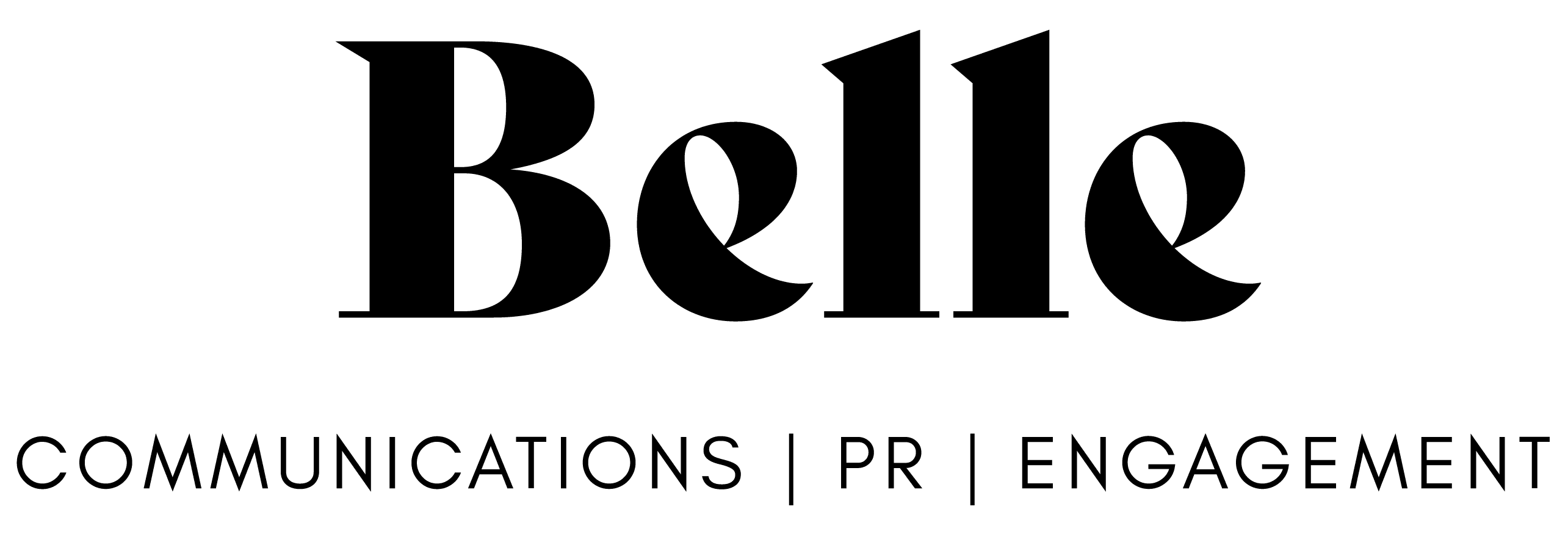What makes people click that ‘buy’ button or pick up the phone and purchase your product or service?
Marketing and messaging isn’t just about having great products (although that’s pretty important!) - it’s about understanding human behaviour.
Whether we like to admit it or not, our decisions are often influenced by subconscious biases that guide our perceptions and choices.
So, how can we use these biases to help our businesses?
We’ve broken down another four powerful cognitive biases and included some examples for what they like look like when used in marketing strategies. It might also get you thinking about the biases you have as a consumer and how your brain works below the fold to spend your money.
1. The Halo Effect
Top brands understand the power of the halo effect really well. This effect is unlocked when one positive trait about a brand (or person) influences our perception of other unrelated traits. For example, if we perceive someone as attractive or likable, we are more likely to assume they are also competent at their job or intelligent. Which of course, may not be the case. In a marketing context, leveraging the halo effect can significantly boost your brand image. If your business is associated with genuine, positive attributes like sustainability, quality, or innovative design, your customers are more inclined to project those qualities onto all aspects of your brand.
Partnering or collaborating with reputable organisations can help to create this halo, enhancing customer trust and loyalty - so can securing celebrity or influencer endorsements.
2. Loss Aversion
Loss aversion (for those in the know, FOMO – or, fear of missing out) is a psychological phenomenon where people prefer to avoid losses rather than acquire equivalent gains. Simply put, the pain of losing something is often more powerful than the pleasure of gaining something of equal value.
Using this in your marketing strategy can be quite effective. Instead of focusing solely on what your clients will gain by choosing your product, flip the switch and craft your messaging to focus on what they might lose if they don’t take action.
The most obvious example of this principal in action is discounts and sales – people don’t like missing out on a sale! Another example of loss aversion marketing is introducing new products or services, but having a limited number available, or only available for a limited time. This strategy works particularly well with customers who have a high intent to buy, but perhaps haven’t quite made it across the line.
3. Social Proof
This one cannot be understated. Social proof is the tendency for people to look to others for guidance on how to act or make decisions, especially in ambiguous situations. At the end of the day, not many of us are early adopters, ready to stick our neck (or wallets) out for a new brand or product if we haven’t heard that others have purchased it and loved it. If we see others engaging with a product or service, we’re more likely to follow suit.
Using social proof into your communications really enhances credibility and engagement. Testimonials, online reviews, user-generated content, or case studies where happy customers share their experiences can create a bandwagon effect and sense of community and validation in the decision-making process.
4. The Anchoring Effect
You might have heard your mum talk about the importance of first impressions. She was spot on. The anchoring effect refers to the cognitive bias where individuals rely heavily on the first piece of information they encounter when making decisions. The initial “anchor” sets the standard for how you interpret all of the information afterwards.
This works really well with a pricing strategy. If you have a product or service that is initially presented at a high price and then offered at a discounted rate, customers perceive the discount as more appealing due to the initial anchor price. This technique can make people feel like they’re getting a better deal and encourage them to purchase.
Right, that’s eight biases covered off out of around 175. We probably won’t cover them all, but you can read about the first four here - Mastering your messaging (part 1): Four cognitive biases you need to know.
Knowledge is power, and psychology is fascinating!

